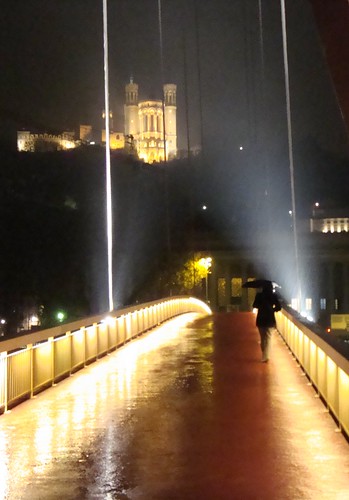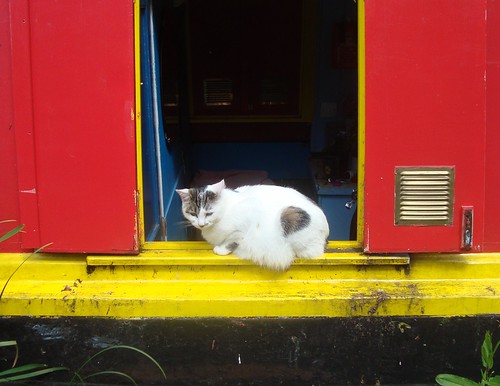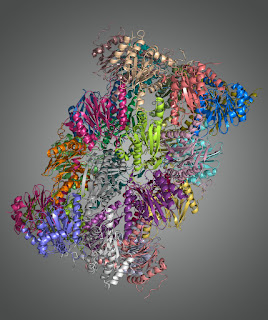O: The intimate history of the orgasm
Jonathan Margolis
Century, 2003
Der Mensch wird auf natürlichem Wege hergestellt, doch empfindet er dies als unnatürlich und spricht nicht gern davon. Kurt Tucholsky, Der Mensch
Every one of the seven billion humans alive today, as well as everybody who has lived before, owes their life to at least one person having an orgasm, as Margolis points out at the end of this book. (Although twins and sperm-donor children may have to share one, I might have added.) When it’s off its reproductive duty, the orgasm is free and healthy, though short-lived fun accessible to most people. So why have dominating cultures and religious creeds demonised it for centuries, insisting that women should feel no sexual pleasure at all, and men should limit theirs to procreation?
Following the cultural history of sexual pleasure – for which he uses “the orgasm” as a shorthand – Margolis gives a broad overview of the shifting attitudes towards it. His history starts off a bit shakily with speculations on stone-age sex, where he repeatedly admits that we don’t really know what went down, but then continues to speculate anyhow.
The writing gets much stronger as soon as the killjoy tendencies of the Christian church start to kick in, which he contrasts with the more liberal attitudes in other cultures including ancient China and India. Margolis argues convincingly, for instance, that the restrictive sexual morals of the catholic church, gradually getting worse as its power grew, also infected other cultures and religions, which started out with a much more relaxed attitude than they have today.
The general perception is that this anti-orgasmic ideology peaked in Victorian times and that things have gradually improved since then, with things like the Kinsey report, the Lady Chatterley trial, and the pill representing the much-cited milestones on our way back to a more natural and reasonable attitude to our own reproductive biology.
Arriving at the present day, one is tempted to think we live in the best of all times and have overcome most of the religious hang-ups. Except that fundamentalism is on the increase, and some of today’s dominating cultural forums play by rules that are downright Victorian. For instance, no breastfeeding pictures are allowed on facebook, and a female nipple on a cinema screen is deemed off-limits for children (who, on the other hand, are allowed to watch people getting murdered). So I wouldn’t quite share the author’s optimism that we’re at the beginning of an age of enlightenment. Things can slip back fairly quickly.
There isn’t much new material or original thought in this work, and it could have done with more thorough editing, but there are lots of lovely quotes and factoids to enjoy along the way, from the pharaohs’ duties in fertilising the Nile with their own seeds to J. Edgar Hoover’s admission that the FBI is powerless against the almighty “oral-genital intimacy.” I am particularly grateful that the author mentioned a book from 1839 with the intriguing title The women of England: Their social duties, and domestic habits. I found that it has actually been re-issued recently and is available to buy.
Thus, as a “review” drawing on a vast range of sources, O is certainly worth reading.
Cover of the Italian edition - very similar to my English edition though.
PS: It is really weird that I seem to have missed this when it came out, especially as I translated/edited Lust and Love in 2004/05, so would have had my eyes wide open for related works. I think it must have been comprehensively ignored by the media around here. I only discovered it a month ago in one of those bookshops where every book is £2. So it was cheaper than the Saturday edition of our newspaper, come to think of it, and it's very good value at that kind of price.














































